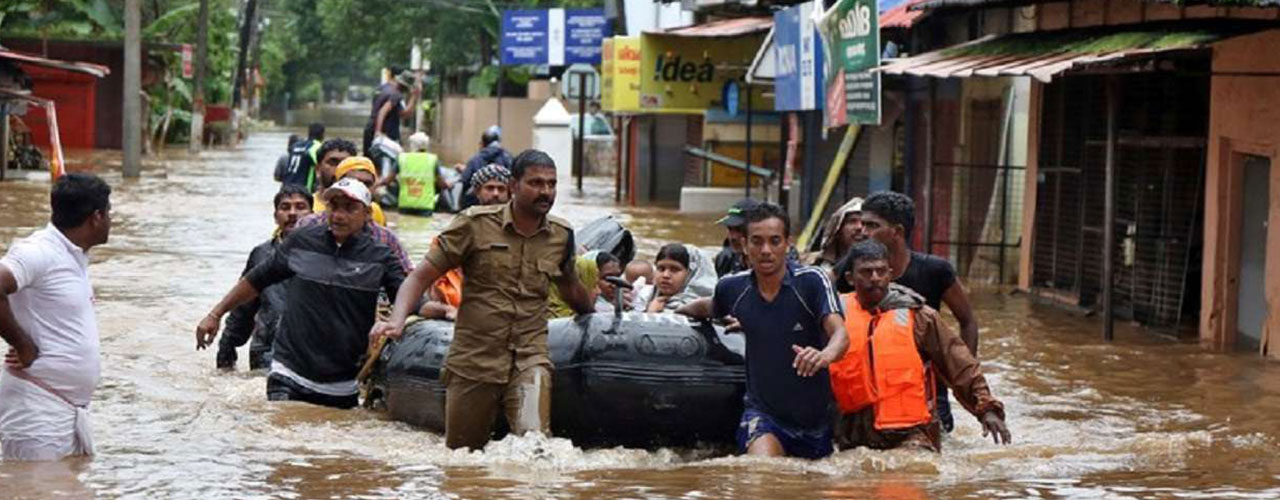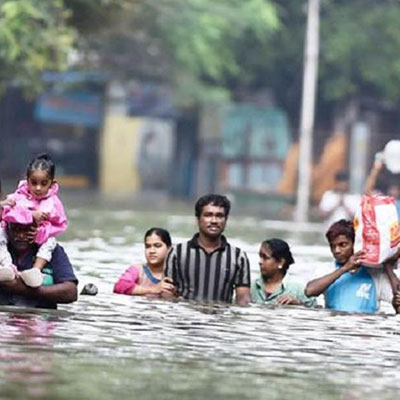
Disaster, as defined by the United Nations, is a serious disruption of the functioning of a community or society, which involve widespread human, material, economic or environmental impacts that exceed the ability of the affected community or society to cope using its own resources.
Disaster management is how we deal with the human, material, economic or environmental impacts of said disaster, it is the process of how we "prepare for, respond to and learn from the effects of major failures". Though often caused by nature, disasters can have human origins.
Geophysical (e.g. Earthquakes, Landslides, Tsunamis and Volcanic Activity)
Hydrological (e.g. Avalanches and Floods)
Climatological (e.g. Extreme Temperatures, Drought and Wildfires)
Meteorological (e.g. Cyclones and Storms/Wave Surges)
Biological (e.g. Disease Epidemics and Insect/Animal Plagues)
The United Nations Office for Disaster Risk Reduction characterises Natural Disasters in relation to their magnitude or intensity, speed of onset, duration and area of extent e.g. earthquakes are of short duration and usually affect a relatively small region whereas droughts are slow to develop and fade away and often affect large regions

Copyrights © 2023 All Rights Reserved. Designed by Peacock Design Solutions